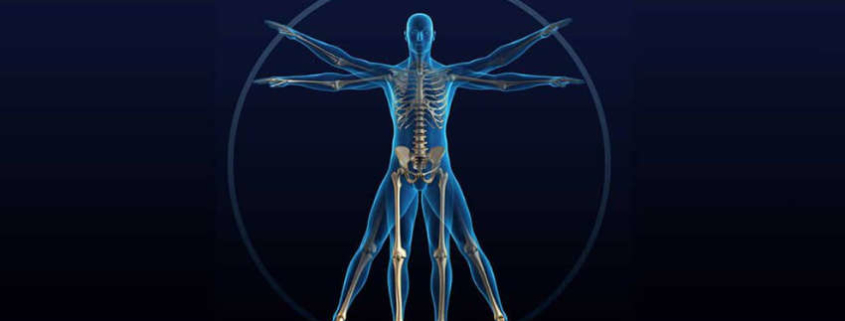Homeostasis
The body has its own self-regulating and self-healing mechanism – called homeostasis. It is the basic survival mechanism that has kept us alive for thousands of years. In homeostatic balance, bodily processes work in concert. It is an extremely efficient system and has helped us thrive in both hot and cold environments. Sensors are located all around the body that detect changes in the local physiological environment. Sensors that monitor chemical levels are called chemoreceptors, blood pressure sensors are called baroreceptors, and temperature sensors are called thermoreceptors and so on… When we’re too warm, we perspire; when too cold, we shiver.
When we suffer an injury, or we are stressed or we are exposed to harmful viruses or bacteria or toxic chemicals or foreign particles, the body automatically launches a response to defend or repair itself and or eliminate any foreign matter. The degree to which the body is successful in these attempts determines its state of health. If the body can handle stressors without excessive demand on itself, then it remains healthy. However, if some discord within the body or a force in the external environment obstructs its adaptability, or toxic substances accumulate and damage the body’s cells then disease and illness can occur. The human body possesses an enormous, astonishing, and persistent capacity to heal itself. Disease can also occur when we abuse our bodies or deprive them of basic requirements to keep us healthy over extended periods. So, while the human body is an amazing entity with restorative abilities to counterbalance insults, healthy lifestyles and choices can go a long way to help.
Andrew Taylor Still, M.D., D.O., founder of the Osteopathic profession 1874, believed “It is the object of an osteopath to find health, anyone can find disease.” Rather than focus exclusively on a disease or dysfunction, the Osteopath additionally seeks to find and support health. Osteopaths grasp the complex interaction of the nervous, endocrine and immune systems in providing a mechanism for the body to maintain its own health and to self-heal. Osteopaths understand that the body does not simply exist in a state of health or illness, but is engaged in an ongoing adaptation with the demands of its external and internal environments.
A principle of osteopathy is that the body has an inherent capacity to maintain its own health and to heal itself. This principle implies that there must be adequate circulation to and from all tissues of the body, and there must be proper nervous system function in order to coordinate the actions of all of the body’s organs and systems. In order for systems to function well, they need to be structurally sound. The nervous system is the primary regulator of bodily functions and key to maintaining homeostasis. Nerves in and along the spine, however, are subject to a variety of irritations, either through injury, illness or the stresses of daily living.
Osteopathy utilizes gentle techniques to assist the body in its own attempts to heal. So an osteopath aims to restore a healthy functional relationship between bones, muscles, joints, internal organs and the nervous system. Once these blockages are removed, the body is usually able to return to its natural state of homeostasis. This treatment may include cranial osteopathy, myofascial release, lymphatic drainage/Chapman’s reflexes, visceral osteopathy, joint articulation and release as well as postural, ergonomic, exercise and lifestyle advice.
Osteopaths don’t think of themselves as performing the healing change in the body rather they allow the body to heal itself.
View a list of common complains that Osteopathy can assist with
Discovery the benefits of Osteopathy
- What is Osteopathy?
- Adult health issues
- Babies and Children
- During and after pregnancy
- Common Complaints
- Testimonials
- Sports Injuries
- Genral Osteopathy FAQs
- The Science & Reasearch



